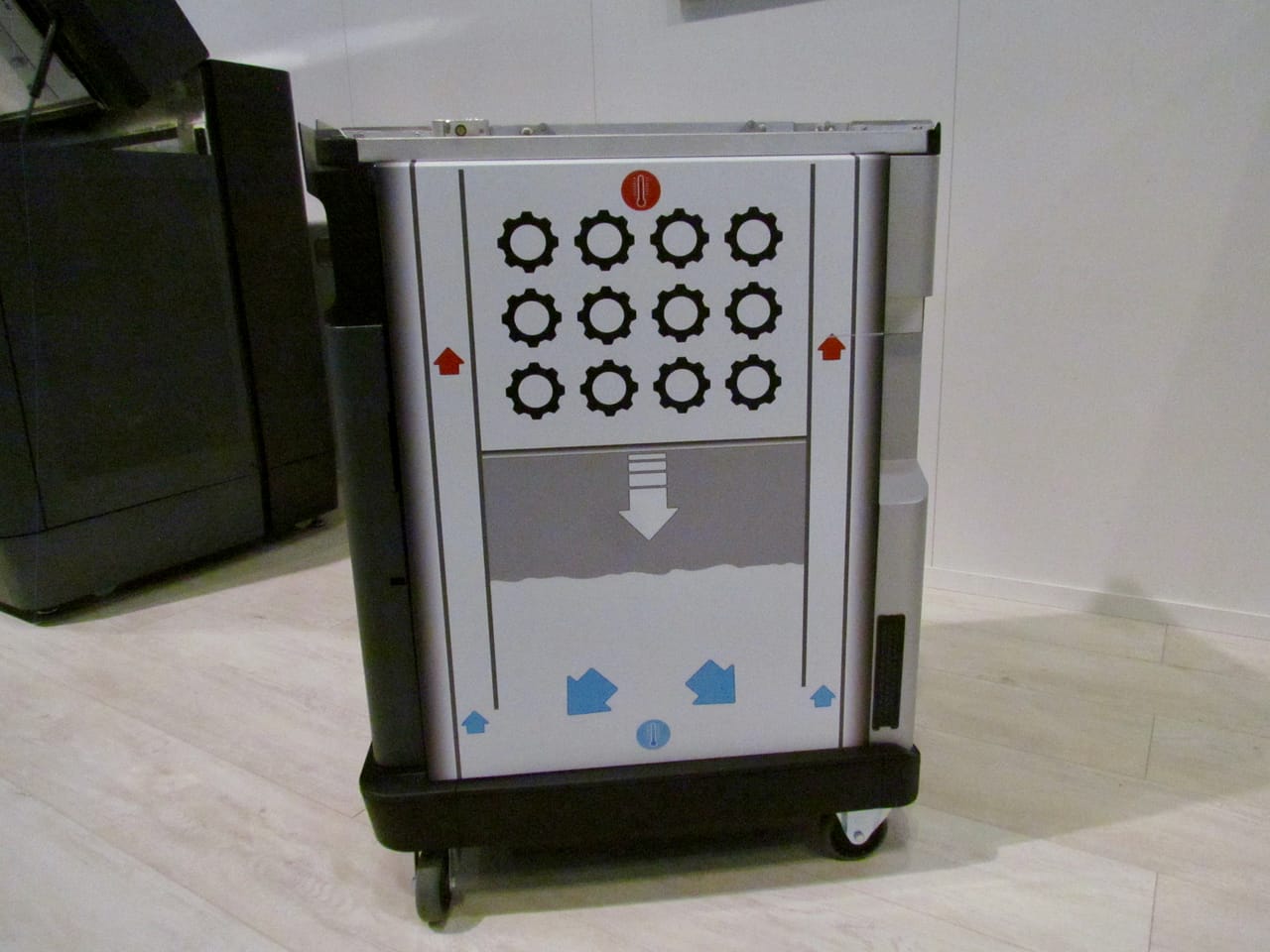
We’ve been following the entry of HP into the 3D printing market and while they can be successful, they could face a number of steep challenges.
HP has taken a very gradual approach to entering this market, having spent decades developing 2D printing, which today forms the bulk of their business.
It could be that HP is looking very long term here and foresees an eventual demise or dramatic reduction in 2D paper printing. They may be looking at 3D printing as an approach to hedge their bets for the future by creating another profitable revenue stream.
HP’s Early Steps in 3D Printing
They entered the 3D printing market experimentally many years ago by licensing and relabeling Stratasys uPrint devices, but apparently did not have great success. One theory has it that they simply did not have sufficient grasp on the 3D print market at the time to make inroads.
However, how better to find out than simply diving in? I believe that’s what they were doing back in 2010.
They basically disappeared from the 3D print market after that and only reappeared in 2014 with a cryptic announcement they were entering the 3D printer market with their own newly developed technology.
But then we waited another two years to see their machines hit the streets, and now they are viewed as a legitimate competitor in the industrial 3D printing space.
Sales Challenges
While HP’s 3D print venture is surely well funded by the mother corporation, far more than their competitors, they still face a number of challenges.
One of the biggest challenges for HP is their distribution network. How can you buy one of their machines? Typically machine of this type are sold by resellers who provide local, onsite expertise and advice for operations. Resellers make arrangements with manufacturers to accept their equipment and sell it to clients.
However, sometimes the relationships with the manufacturer have constraints, and a major one for HP is that Stratasys resellers, who comprise the majority of the larger and more effective resellers worldwide, are exclusively bound to Stratasys. In other words, they can sell ONLY Stratasys gear and are not permitted to sell any other equipment unless Stratasys agrees (which they recently did by allowing the sales of Desktop Metal equipment).
This puts HP in a rather difficult position, as they don’t have access to the clients of all these large resellers. The resellers, who have been selling Stratasys equipment for many years profitably, may not be willing to take a chance and drop their lucrative Stratasys contracts to take on yet-to-be-market-proven HP gear.
Even more importantly, all these resellers have existing Stratasys clients to whom they sell proprietary materials in great quantities. They don’t have to do much work for that revenue, as it simply comes automatically after they sell equipment. Imagine them asking themselves if they want to throw away that revenue to go with HP? Highly unlikely.
Technical Challenges
There are also a couple of technical challenges with HP’s equipment.

One is that their process involves significant heating of the build chamber. So much so that the removable build chambers must sit for many hours, perhaps 12 or even 24 hours, before they cool down sufficiently for the remaining portions of the workflow. This puts a constraint on HP equipment operators in that a print operation is a long process and thus is applicable to only certain kinds of work.
In other words, you won’t be printing iterative prototypes quickly on HP equipment. That activity would be best served by other technologies, while HP’s is more applicable to manufacturing. This limits their market possibilities.
The other constraint on HP’s equipment is that it prints plastic, at least for now. With the burgeoning interest in 3D metal printing, HP has no options to address that interest. This also limits their market possibilities.
Corporate Challenge
Another challenge facing HP is the internal transformation of their culture and approaches to adapt to 3D printing norms. They’ve literally spent decades working with the paper industries, forming their workflows, assumptions, processes, structures and more from those models. They are very different in 3D printing, and this could be the biggest challenge to HP in working with this market.
HP has cash, capabilities and technology, but it may not be as easy a road for them to go forward as you might think.

